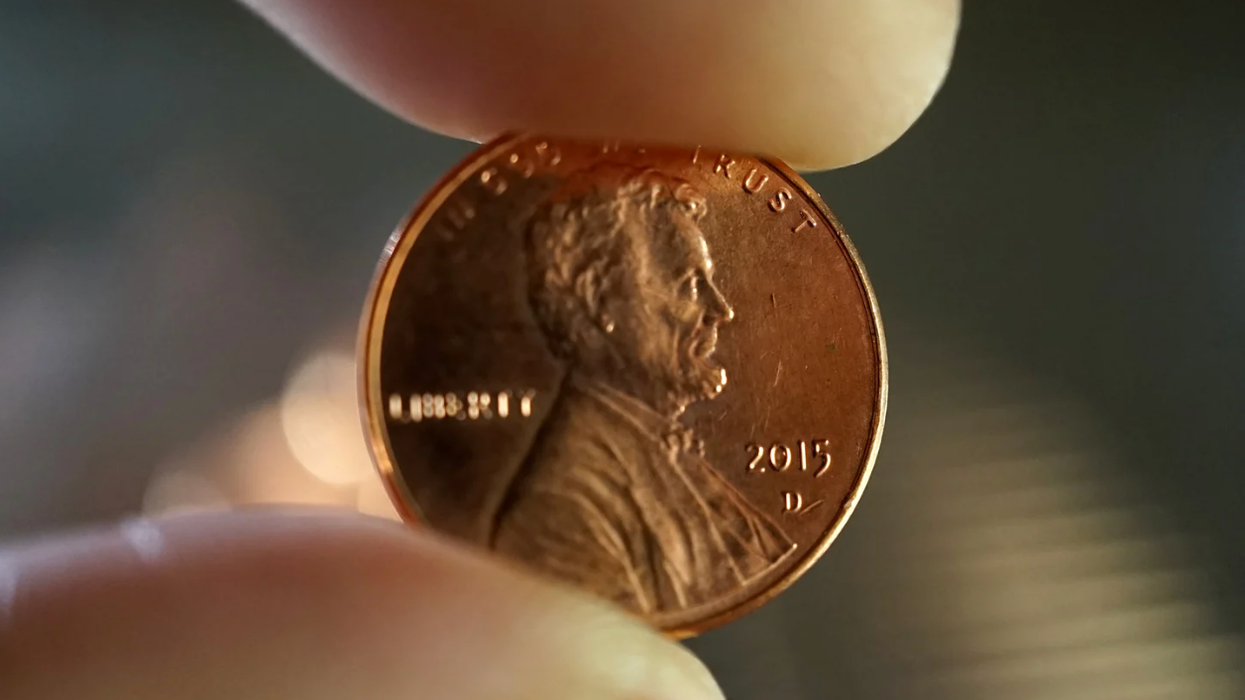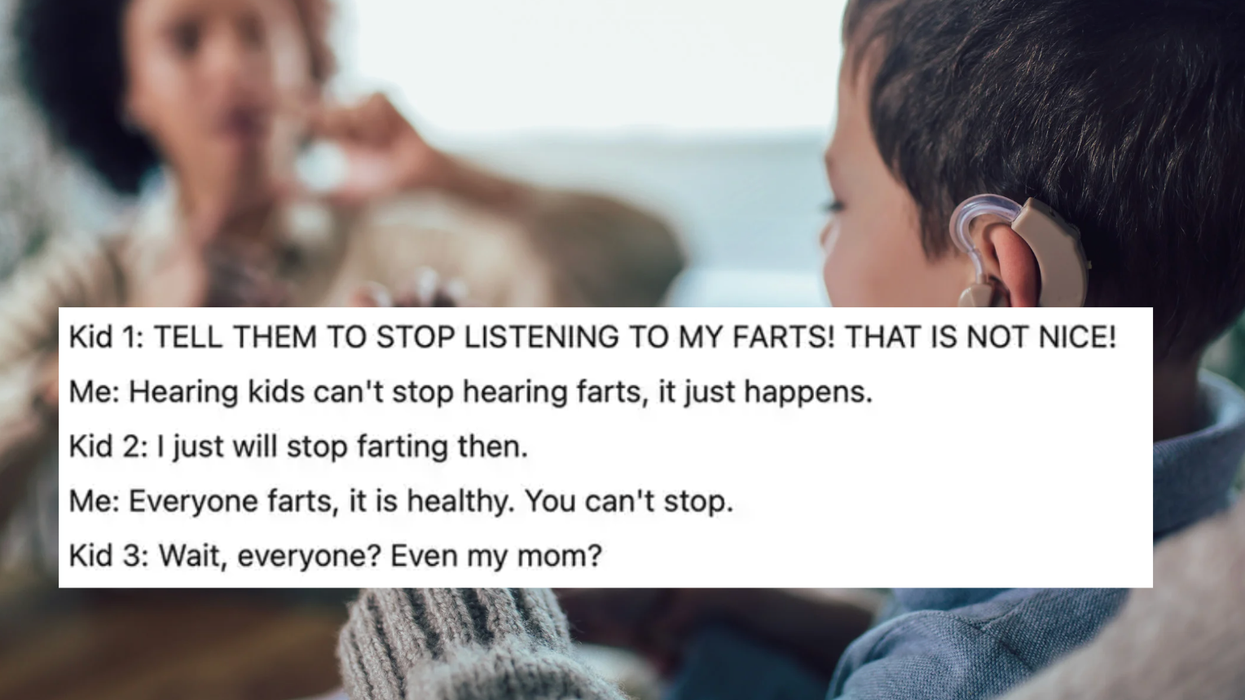Among the prescription drugs found in U.S. waterways, antidepressants routinely edge out all other medications discarded or excreted by an increasing percentage of Americans struggling with anxiety disorder.
New research indicates that all that foreign chemistry lining our waterways is having an adverse effect on fish behavior, plaguing them with anxiety, anti-social behavior, and homicidal tendency. The unpublished research, conducted by scientists at the University of Wisconsin-Milwaukee, exposed trace amounts of Prozac to young, developing fathead minnows and recorded the results.
Brian Bienkowski at Environmental Health News translated the findings.
Male minnows exposed to a small dose of the drug in laboratories ignored females. They spent more time under a tile, so their reproduction decreased and they took more time capturing prey, according to Rebecca Klaper, a professor of freshwater sciences who spoke about her findings at a Society of Environmental Toxicology and Chemistry conference last fall. Klaper said the doses of Prozac added to the fishes’ water were “very low concentrations,” 1 part per billion, which is found in some wastewater discharged into streams.
When the dose was increased, but still at levels found in some wastewater, females produced fewer eggs and males became aggressive, killing females in some cases, Klaper said at the conference.
Pharmaceuticals, not necessarily antidepressants like Prozac or Zoloft, have the tendency to accumulate in other fish species over time, wrote Bienkowski. He cited a 2010 report, issued in Sweden, which measured rainbow trout exposed to sewage effluent, or outflow. Levels of pharmaceuticals in their blood were, at times, equal to the amount needed to affect human brains.
A 2012 report by the World Health Organization (WHO) ruled that low concentrations of pharmaceuticals in drinking-water are unlikely to pose a risk to humans, but also admits that there are "very few systemic monitoring programs or comprehensive, systematic studies on the occurrence of pharmaceuticals in drinking-water."
How Drugs Get In Your Water Supply
Photo of minnow from Shutterstock
















 Otis knew before they did.
Otis knew before they did.